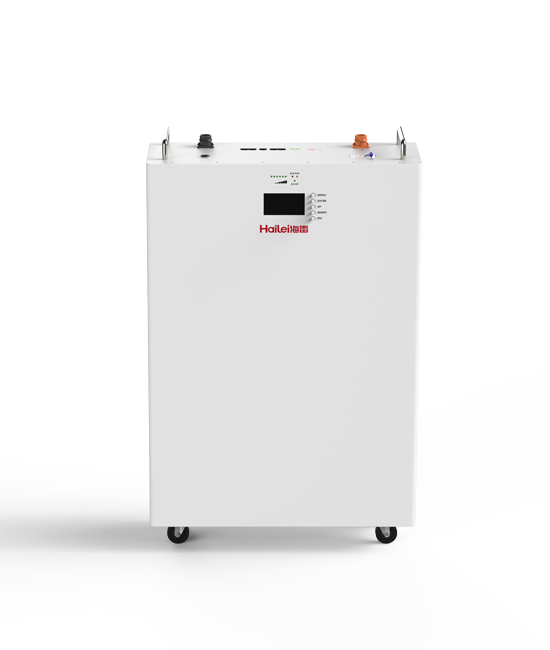Time:Aug 10, 2023 Views:937
(1) Lead acid battery: It is a type of battery with electrodes mainly made of lead and its oxides, and the electrolyte is a sulfuric acid solution. Widely used, with a cycle life of about 1000 cycles, an efficiency of 80% -90%, and high cost-effectiveness; Shortcomings: If deep, fast, and high-power discharge occurs, the available capacity will decrease.
(2) Lithium ion battery: It is a type of battery that uses lithium metal or lithium alloy as the negative electrode material and uses a non-aqueous electrolyte solution. The number of cycles can reach 5000 or more, and the response is fast, making it the most practical battery with the highest energy among batteries; Shortcomings: There are safety issues such as high prices (4 yuan/wh), overheating caused by overcharging, and combustion, which require charging protection.

(3) Sodium sulfur battery: It is a secondary battery that uses metallic sodium as the negative electrode, sulfur as the positive electrode, and ceramic tubes as the electrolyte separator. The cycle cycle can reach 4500 times, the discharge time is 6-7 hours, the cycle round-trip efficiency is 75%, the energy density is high, and the response time is fast. Shortcomings: Due to the use of liquid sodium, it is easy to burn when operating at high temperatures.
(4) Fluid flow battery: A high-performance battery that utilizes the separation of positive and negative electrode electrolytes and their respective cycles. It can store energy for hours to days, with a capacity of up to MW level; Shortcomings: The battery volume is too large; The battery requires too high ambient temperature; The price is expensive and the system is complex.

X

Appointment Experience